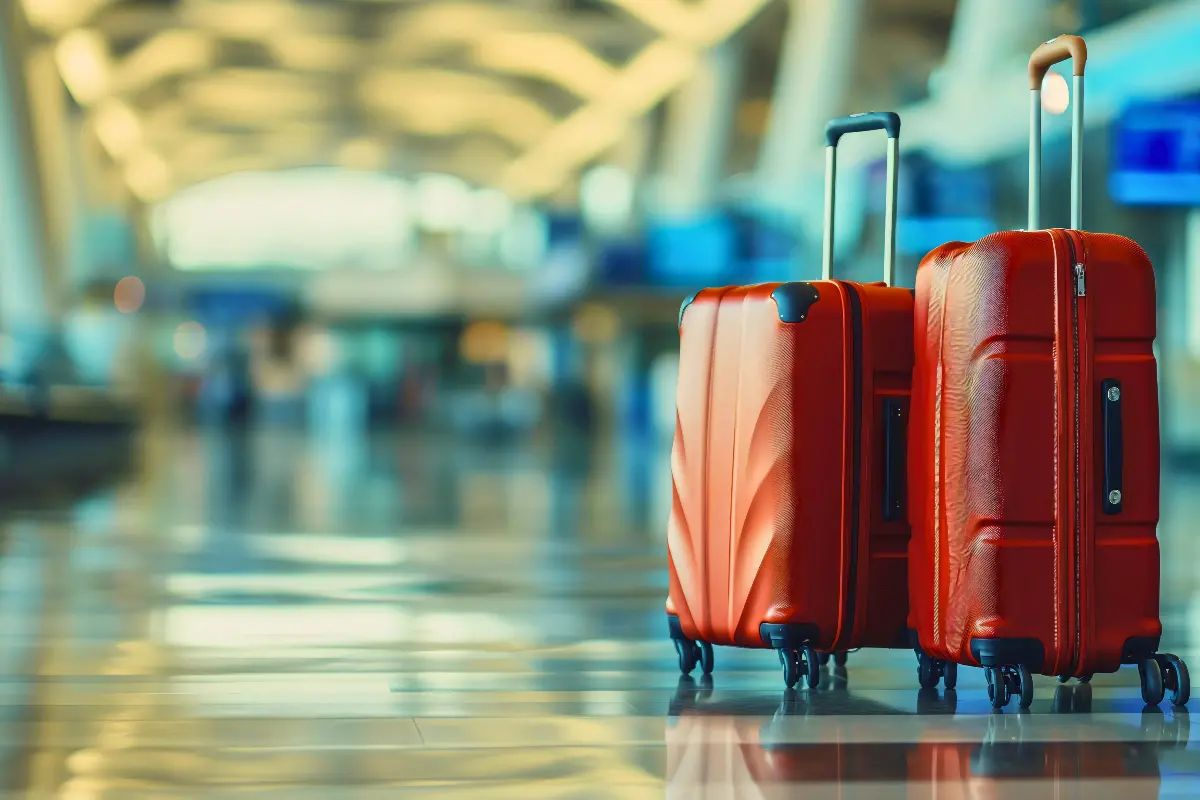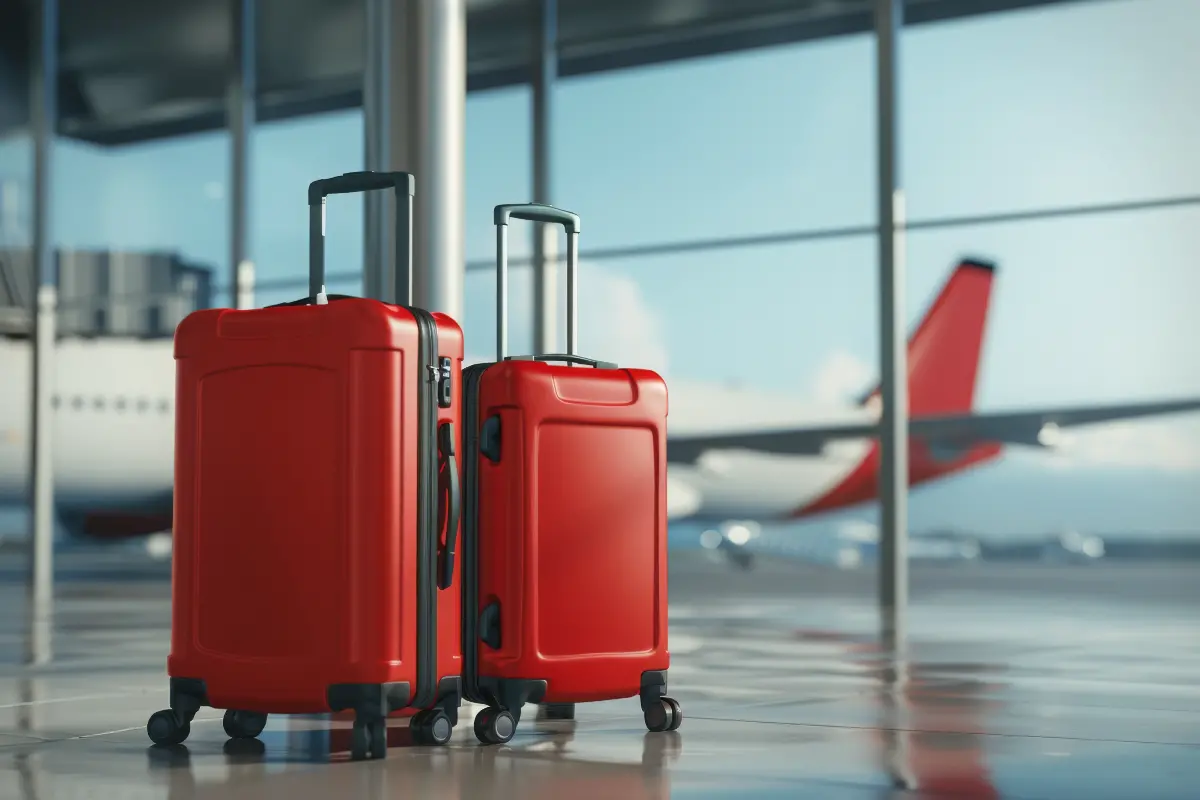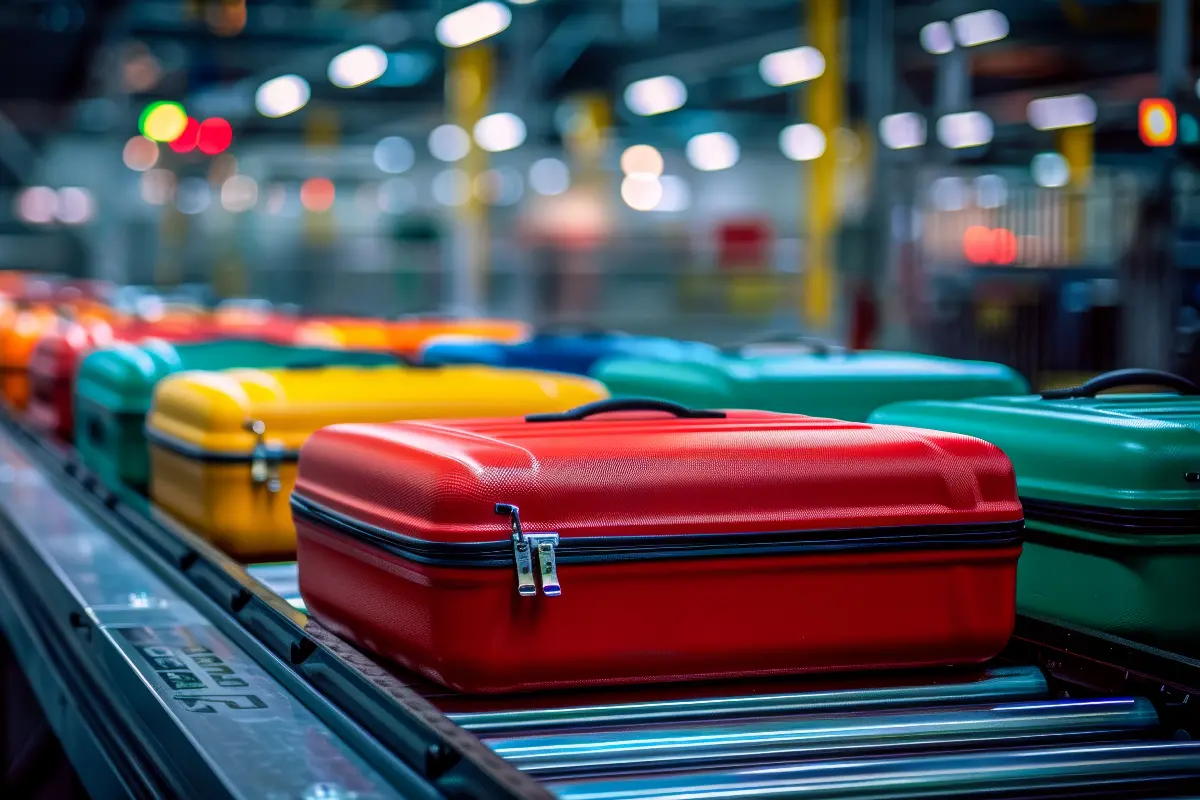When it comes to air travel, the color of your luggage is likely the last thing on your mind. You might consider its size, its weight, or even its durability to withstand the trials of being tossed and turned within the cavern of an aircraft’s cargo hold. But rumor has it, the color of your suitcase could play a role in the efficiency of your overall travel experience, particularly when it comes to baggage handling. A curious bit of travel lore suggests that red luggage gets loaded first, which could mean it’s also the first to be unloaded upon arrival at your destination. But is there any truth to this claim, or is it merely an urban legend that's been circling the baggage carousel of whispers and hearsay?

To debunk or confirm this intriguing premise, we should dive deeper into the logistics of airline baggage handling systems. First, it’s crucial to understand that the airline industry is meticulously orchestrated, with every system and process finely tuned for efficiency and safety. Baggage handling is no exception. Behind the scenes, vast systems consisting of conveyor belts, scanners, and various sorting mechanisms are in operation to ensure that bags end up in the right place at the right time, organized methodically for each flight.
Airlines typically categorize baggage based on various factors, including passenger status—such as first-class, business, or economy—frequency of travel, membership in frequent flyer programs, and the tightness of a passenger’s connecting flight window. These factors help to prioritize luggage loading and unloading, thereby expediting the process for those who might have less time between connections or those who have paid a premium for a superior service.
However, in this complex web of organizational priorities, does the color of your bag matter? The consensus among various airport baggage handlers suggests that the concept of red luggage being given preference is nothing but a myth. While it’s true that a brightly colored bag might be easier to spot among a sea of predominantly black and navy suitcases, the color of your luggage is not a determining factor in how or when it’s loaded onto an aircraft.
In the practical world of baggage handling, the systems in place are blind to the color of your suitcase. Your luggage is scanned and sorted automatically, guided by the information on the baggage tag which details your flight number, destination, and other relevant data. It's this digital barcode, not the hue of your suitcase, which seals the fate of your bag’s journey through the complex system at the airport.

Interestingly, having a distinctive-looking piece of luggage could be more of a benefit after your flight has landed. Unique or brightly colored suitages are easier to identify at baggage claim, reducing the risk of mistaken identity or theft. Additionally, while the exterior color of your luggage doesn't help it get on the plane faster, an unusual design might help you spot it quicker on the conveyor belt, potentially getting you out of the airport faster.
Given the rigorous nature of airline operations, it is evident that the protocol for loading and disembarking luggage is unlikely to change anytime soon. Airlines and airports will continue to rely on the most efficient methods to manage millions of bags efficiently and effectively. And it seems that, as far as the logistics are concerned, these methods have no room—or reason—to account for luggage color.
Despite this, the appeal of opting for red luggage, or indeed any distinctive luggage, is apparent. The human touch cannot be entirely erased from the journey your luggage takes. Once the bags arrive at the aircraft, it's often up to the baggage handlers to load them into the hold. It's here that a bright and bold color might stand out, potentially catching a handler's eye and leading, whether intentionally or inadvertently, to your bag being placed more conveniently. This may result in it being one of the first bags placed onto the baggage cart upon landing, thereby arriving on the carousel a bit sooner.

Still, as far as official protocols go, no airline has acknowledged giving special treatment to red or any other color of luggage. Travelers enamored with this romantic notion of color-coded priority must consider it more myth than reality. In the end, efficient travel is less about the color of your luggage and more about its conformity to size and weight limits, your status with the airline, and a bit of luck with the logistics ballet that is airport baggage handling.
For those still in doubt, the next time you find yourself preparing for a flight, you might stick to the basics: ensure your bag is well within the airline's regulations, it is properly tagged, and maybe toss in a lucky charm for good measure. And if you opt for a red suitcase, let it be for its style or the speed with which you can spot it on the baggage claim belt, rather than any unfounded belief that it will ensure expedited service. Safe and efficient travels, it seems, are more about the details within than the color without.
